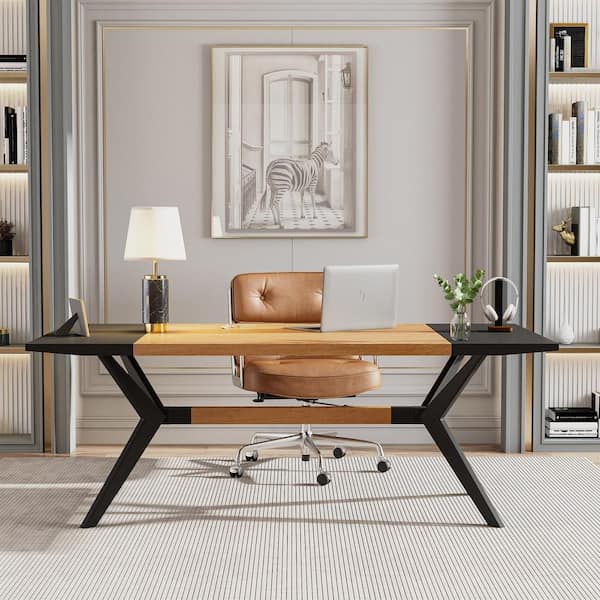The Ultimate Overview to Choose Sturdy Dining Room Table Legs
The Ultimate Overview to Choose Sturdy Dining Room Table Legs
Blog Article
A Comprehensive Take A Look At Table Leg Styles: Locating the Perfect Suit
Choosing the right eating table leg design is critical for both visual allure and useful functionality. Traditional 4 legs use timeless elegance and security, while the pedestal base gives boosted legroom and a modern appearance. For those with larger tables, trestle legs ensure tough support, whereas barrette legs introduce a mid-century modern ambiance with their minimalist layout. The x-shaped legs blend modern style with boosted stability. Each of these alternatives brings distinct advantages, making the option more than simply an issue of preference. Discover even more to uncover which style flawlessly matches your eating space and way of living.
Traditional Four Legs
Amongst the numerous kinds of dining table leg styles, the traditional four-leg design continues to be a classic selection for lots of families. 4 legs supply balanced support, ensuring the table continues to be secure and qualified of bearing substantial weight (dining room table legs).
From a visual viewpoint, the standard four-leg design can be easily adjusted to different interior designs. Whether crafted from timber, metal, or a mix of materials, these legs can be intricately sculpted, smooth and minimalistic, or anything in between. Their flexibility allows them to enhance both rustic and contemporary setups flawlessly.
Additionally, the straightforward framework of the four-leg style facilitates convenience of motion and positioning within a space. Unlike more complicated bases, this style decreases obstructions, giving adequate legroom for diners. In recap, the conventional four-leg eating table leg style weds enduring style with useful functionality, making it a sharp choice for those seeking both kind and function in their eating furniture.
Stand Base
Often commemorated for its elegant and space-efficient style, the pedestal base is a recognized alternative to the standard four-leg setup in dining table leg styles. This distinct base generally includes a solitary central column supporting the table top, which can vary in type, from ornately sculpted timber to sleek, modern-day steel. One of the main benefits of the stand base is its ability to optimize legroom and seating flexibility. Without corner legs, restaurants are afforded greater flexibility of movement, making it an ideal option for round and oval tables that promote even more intimate and comprehensive gatherings.
In addition, the stand base's main assistance can take care of significant weight, permitting making use of heavier tabletops, such as marble or thick wood. This toughness paired with its visual versatility makes the stand base a preferred selection in both typical and modern indoor setups. It can effortlessly integrate with different layout styles, from traditional beauty to minimalist modernity. Additionally, the central column itself offers a canvas for intricate layouts and imaginative expressions, including an aspect of visual interest under the table. In summary, the pedestal base combines functionality with design, making it a fine-tuned and useful option for varied dining environments.
Trestle Legs
Trestle legs give a robust and classic structure for eating tables, defined by their horizontal cross-bracing and strong assistance beams. Originating from medieval times, this style has progressed yet kept its crucial structure, making it a perennial favorite in both conventional and contemporary setups. The her latest blog central trestle light beam, frequently sustained by 2 or more upright posts, uses extraordinary security, permitting bigger table sizes without the need for extra legs.
A significant advantage of trestle leg tables is the enough legroom they offer. Unlike tables with four edge legs, the lack of obstructions at the table's edges gives unimpeded area for chairs and restaurants, enhancing comfort and availability. This makes trestle tables ideal for fitting bigger celebrations, whether in a dining-room or a banquet hall.
The visual convenience of trestle legs is noteworthy. Offered in a range of products such as timber, steel, and composite, they can be finished to complement a vast array of indoor designs. From rustic farmhouse to streamlined modern designs, trestle legs can be customized to fit private preferences. Their long-lasting charm and useful advantages make visit this page trestle legs an Recommended Reading engaging selection for those looking for both design and usefulness in their table.
Hairpin Legs

The appeal of hairpin legs depends on their simplicity and adaptability - dining room table legs. Readily available in a variety of products, consisting of steel and brass, they can be finished in various shades to enhance different interior styles. Whether coupled with a rustic wood tabletop or a contemporary glass surface, barrette legs easily mix functionality with a touch of vintage appeal
Durability is another significant attribute of barrette legs. Despite their delicate appearance, these legs are engineered to bear significant weight, ensuring the dining table remains steady and safe. In addition, they are reasonably very easy to mount, making them a popular choice for DIY enthusiasts and professional furniture makers alike.
X-Shaped Legs

Built from products such as steel, wood, or a combination of both, X-shaped legs can be customized to match various design preferences. Steel legs often provide a streamlined and industrial feel, suitable for loft-style homes and contemporary eating rooms. On the other hand, wooden X-shaped legs use a warmer, more rustic appeal, appropriate for farmhouse or diverse insides. The flexibility in materials permits home owners to customize their dining tables to much better fit their total layout plan.
Additionally, the design behind X-shaped legs makes certain also weight distribution, minimizing the risk of wobbling and enhancing sturdiness. This makes them especially appropriate for bigger table that need extra assistance. Basically, X-shaped legs blend functional engineering with contemporary appearances, making them a classic selection for varied eating atmospheres.
Final Thought
An extensive understanding of eating table leg designs exposes the distinctive attributes and benefits of each layout. Trestle legs make sure robust assistance for bigger tables, and hairpin legs present a mid-century modern visual.
Report this page